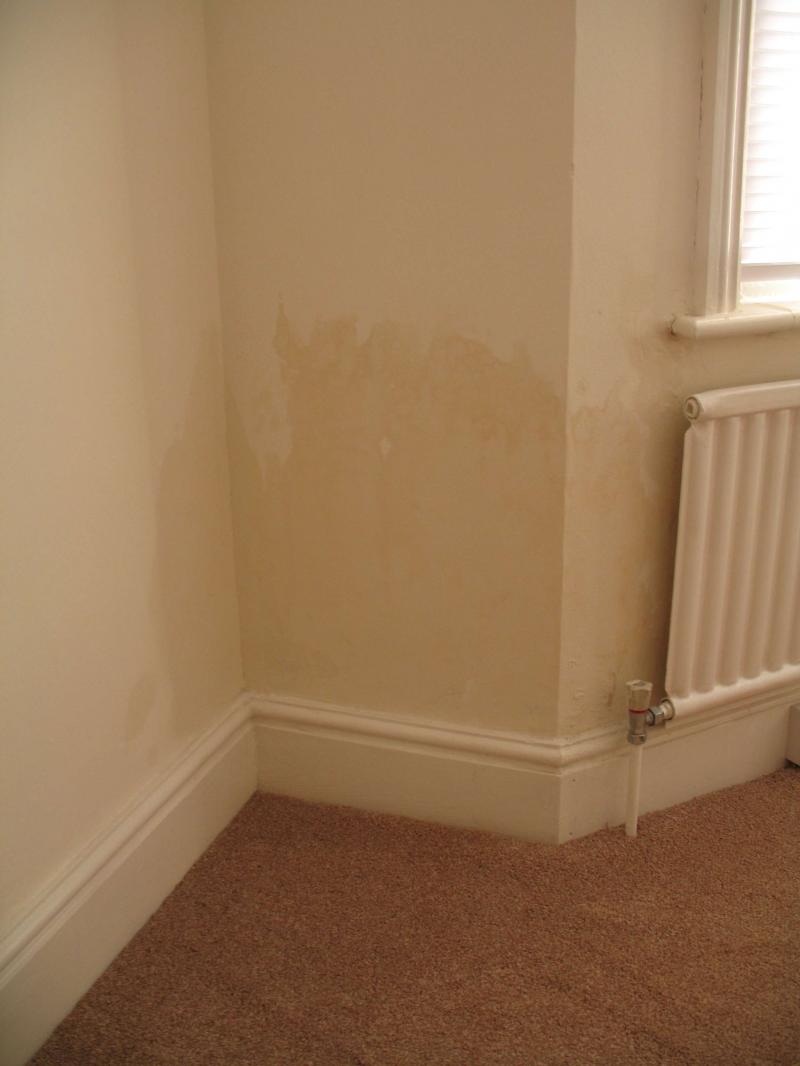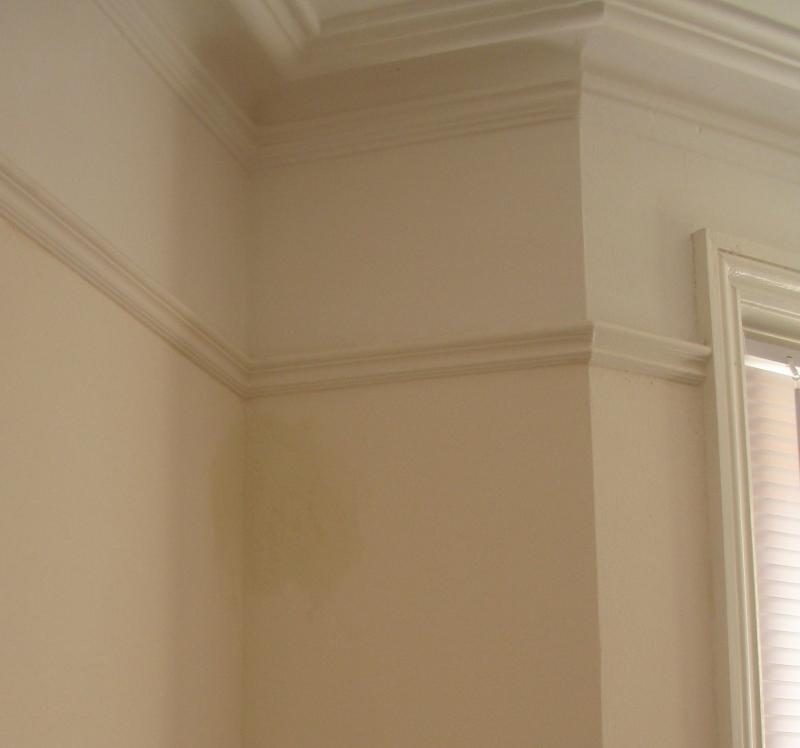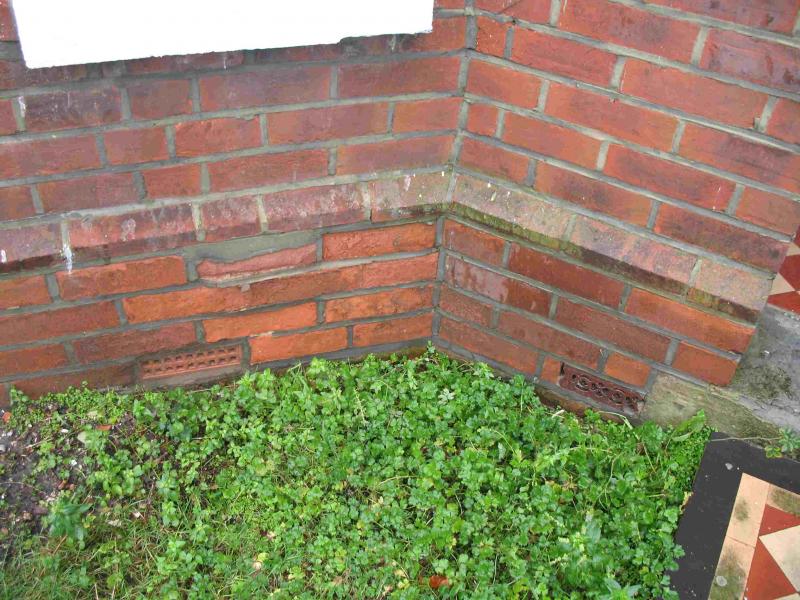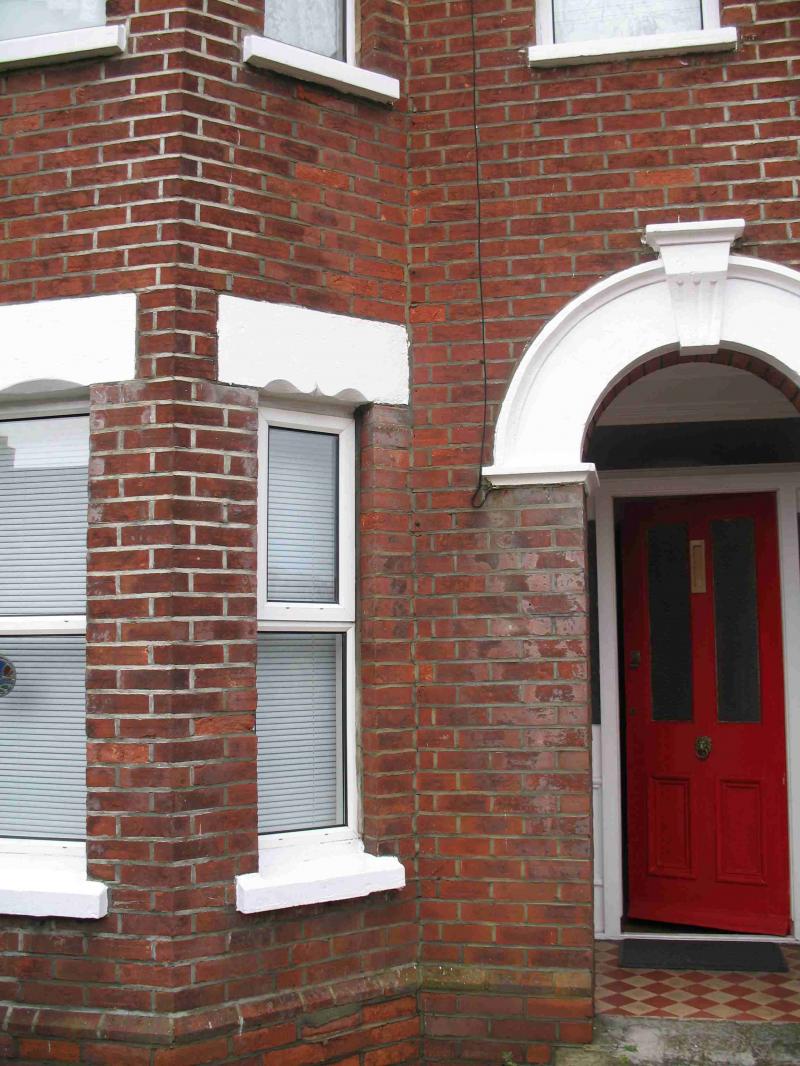Hi,
I have damp showing on my front wall. Last year thinking it was rising damp, I injected it with silicon liquid, and I can see the dryer area below the damp part. Also there is a patch just below the picture rail, which says to me it might be falling damp. There are two airbricks in this damp part of wall, but there is an area 1ft square of crumbling bricks on the outside wall above the damp course line. Last year I painted the front of the house and didn't see any where that the rain could penetrate, although I know it only takes a small amount to drip inside.
Does anyone have any ideas, what might cause this please?
Cheers, Camerart.
I have damp showing on my front wall. Last year thinking it was rising damp, I injected it with silicon liquid, and I can see the dryer area below the damp part. Also there is a patch just below the picture rail, which says to me it might be falling damp. There are two airbricks in this damp part of wall, but there is an area 1ft square of crumbling bricks on the outside wall above the damp course line. Last year I painted the front of the house and didn't see any where that the rain could penetrate, although I know it only takes a small amount to drip inside.
Does anyone have any ideas, what might cause this please?
Cheers, Camerart.





